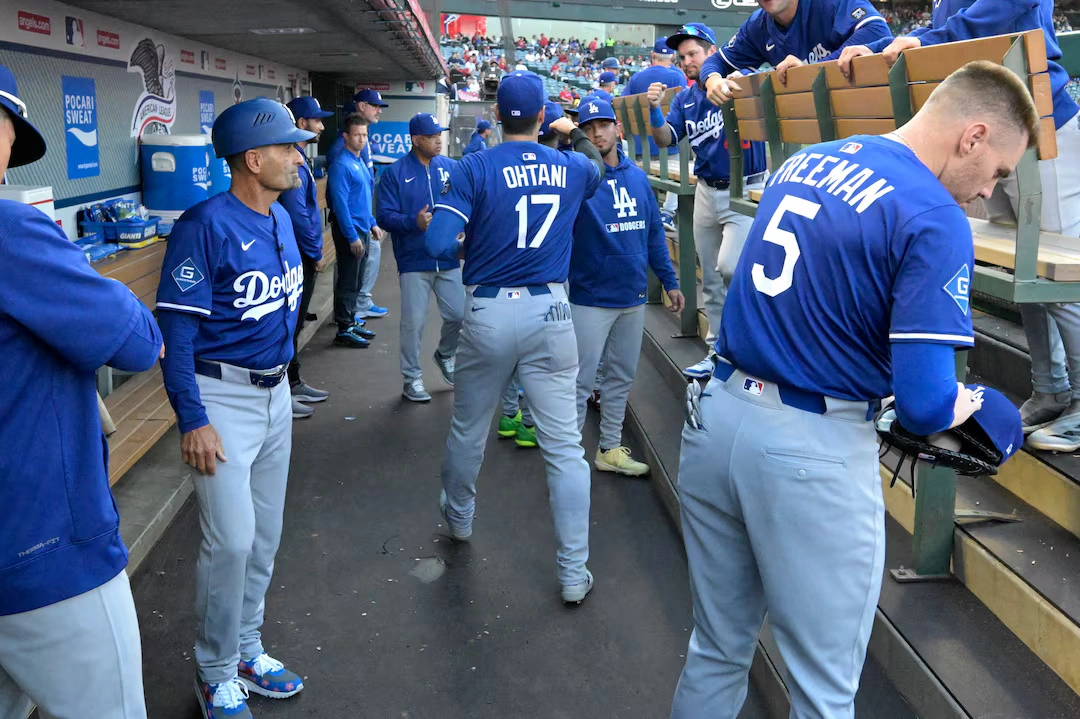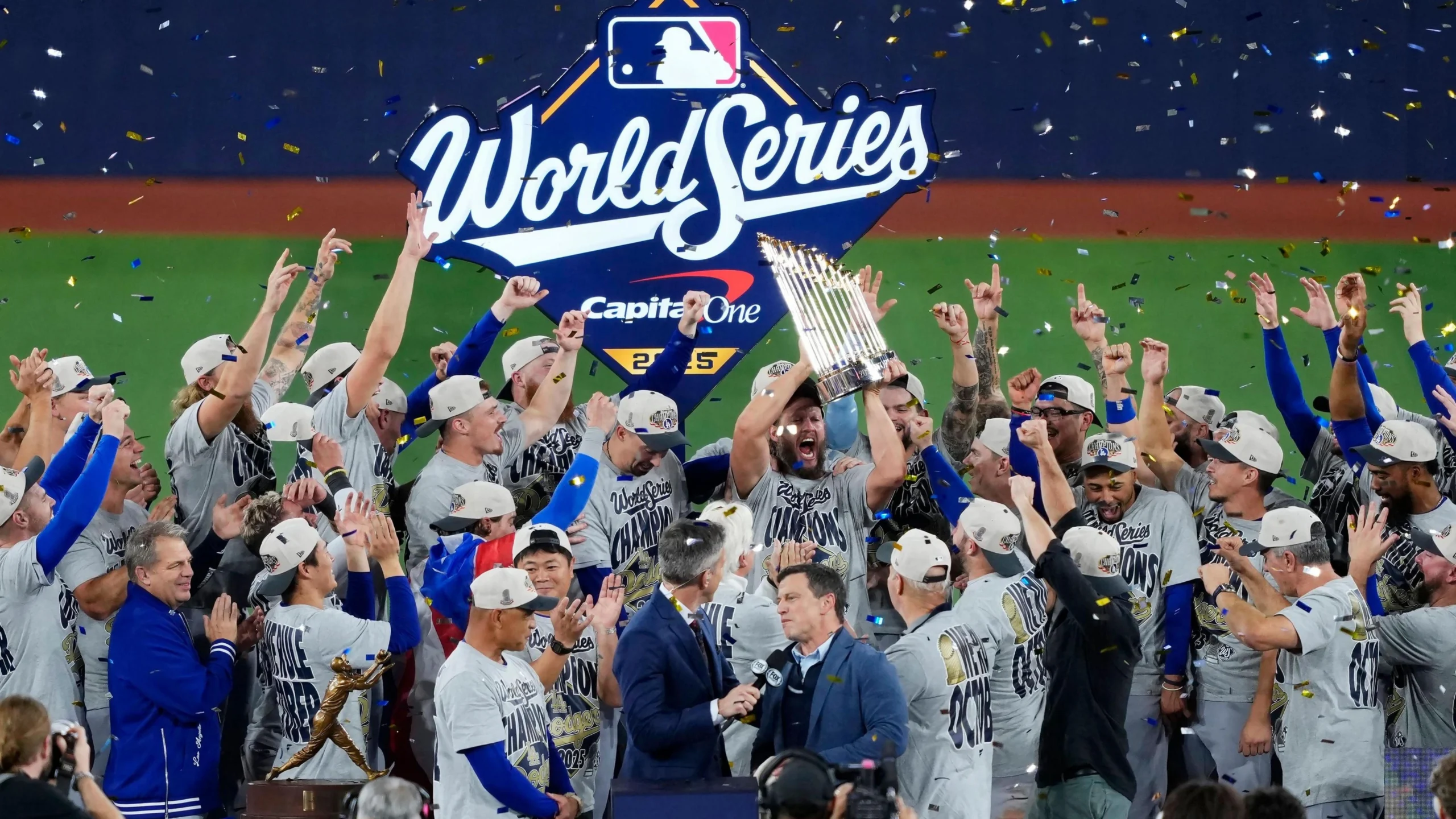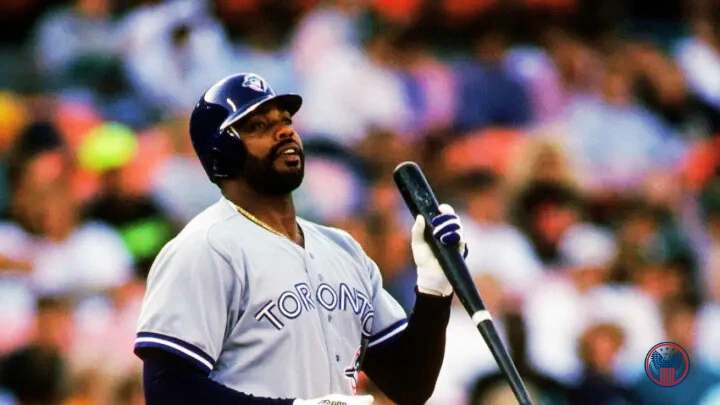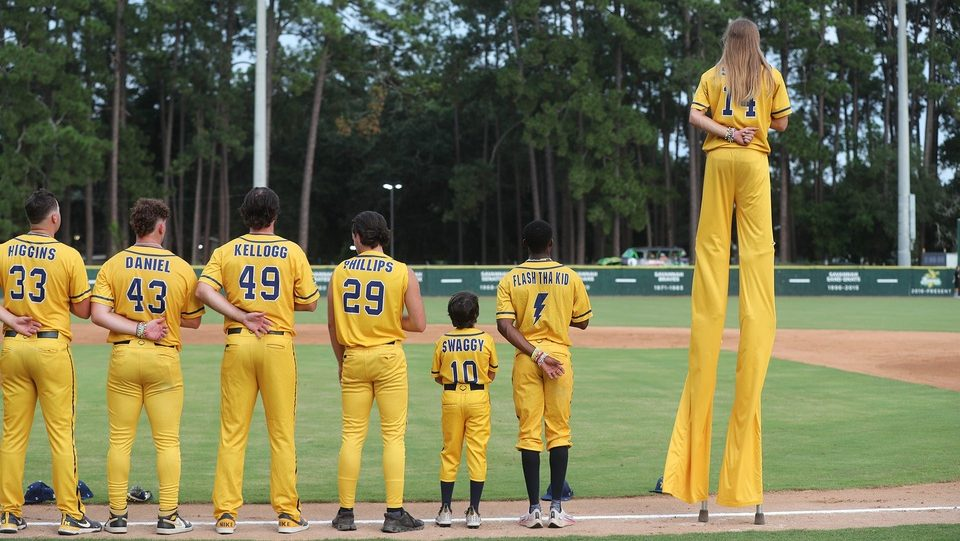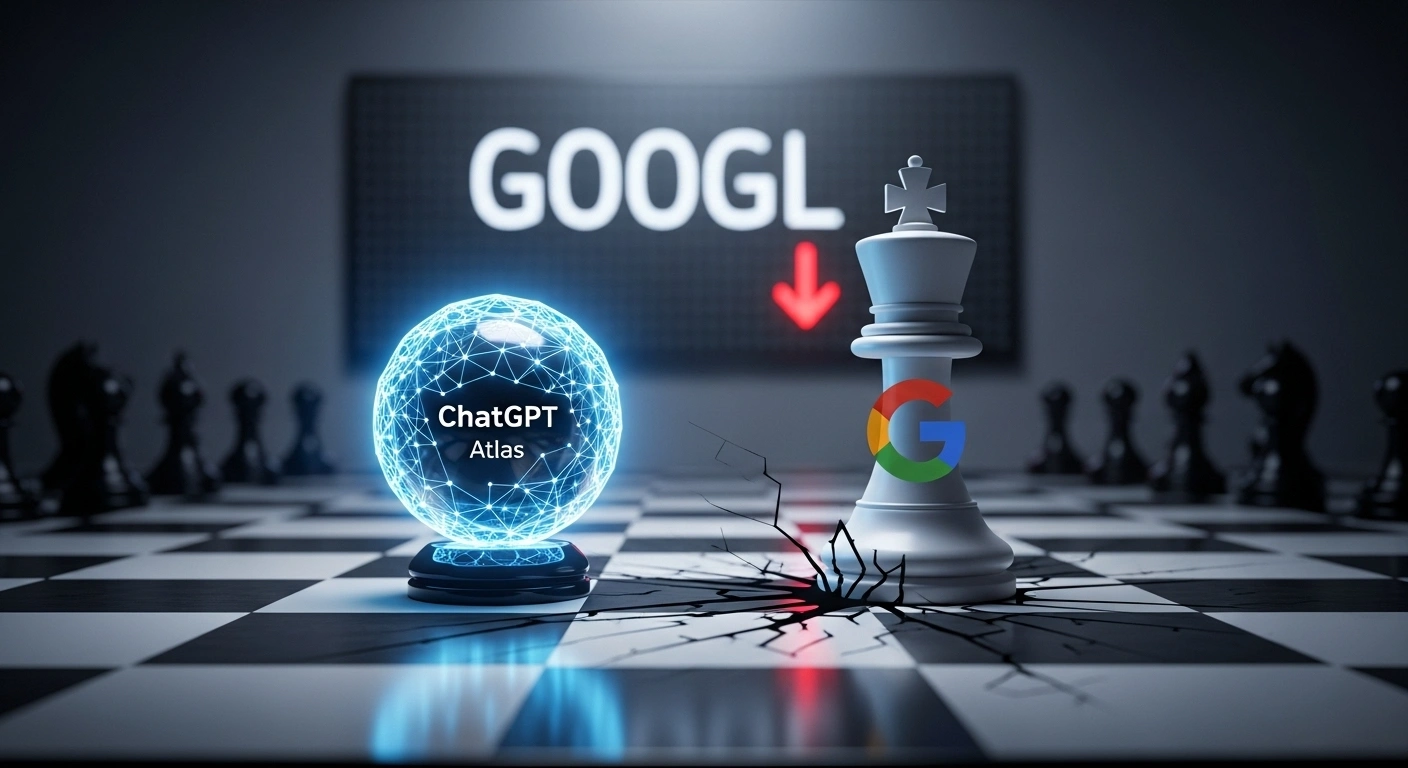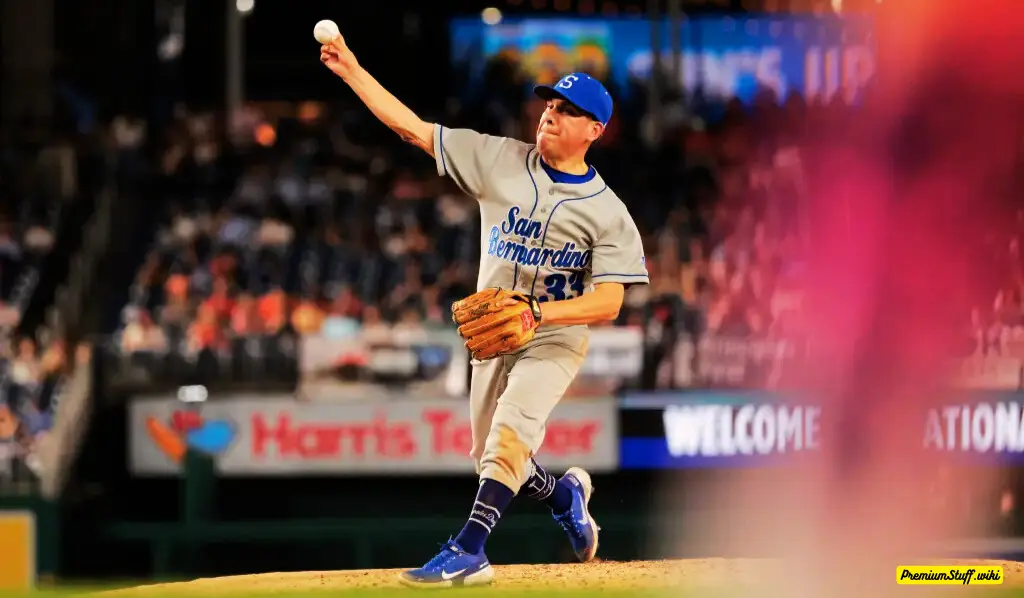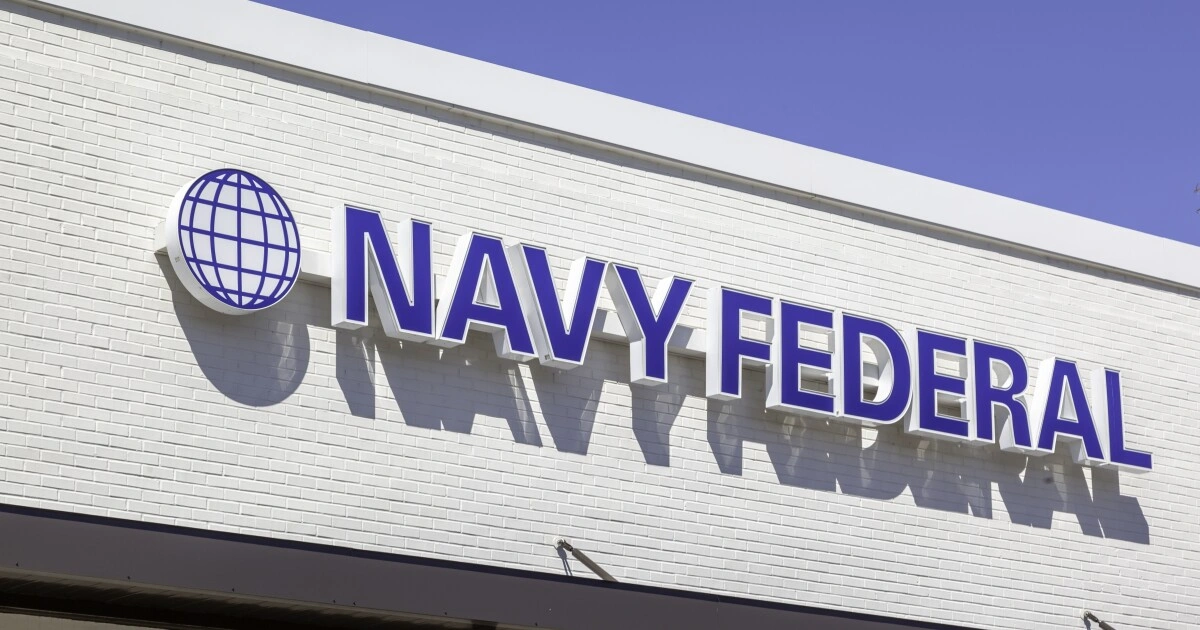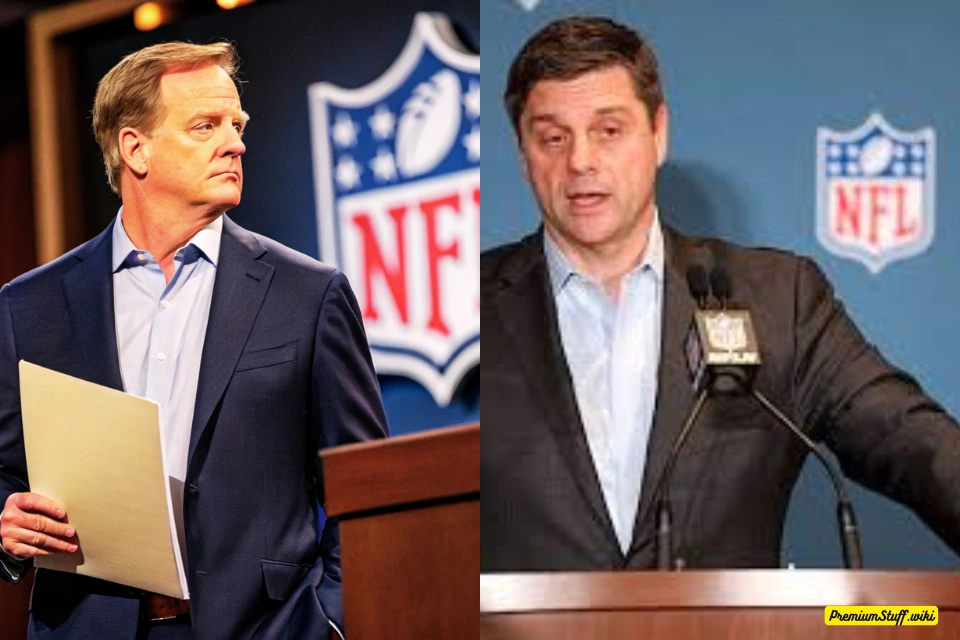How Google Baseball AI Transforms Your World Series Viewing

AI Steps Up to the Plate
When a crucial moment unfolds in the bottom of the ninth inning of the 2025 World Series, broadcasters are no longer scrambling through binders of statistics. Instead, they’re asking an AI for the most specific insights imaginable and getting answers in seconds. This seamless integration of artificial intelligence is changing how millions of fans experience baseball’s biggest stage, and it’s powered by Google.
The collaboration between Major League Baseball (MLB) and Google Cloud has turned the broadcast booth into a hub of instant analysis. For the World Series matchup between the Los Angeles Dodgers and Toronto Blue Jays, AI is working both visibly and behind the scenes to deliver a more engaging and reliable viewing experience . This technology represents a significant evolution in sports broadcasting, where split-second data delivery and technical perfection are becoming the new standard.
“Baseball has this great ability to bring people together through live events, media, streaming, and more,” says Josh Frost, Senior Vice President of Product – Baseball and Content Experience at MLB. “When we look at technology and how it interfaces with our products, we want to use it to make fans’ lives better. Technology is a bridge that connects people to their favorite teams and players” .
The Brain Behind the Broadcast : FOX Foresight
The most noticeable application of this new google baseball technology is the FOX Foresight platform, built by Fox Sports using Google Cloud’s Vertex AI. This system has been trained on multiple seasons of major league data, down to the most minute details of every game .
During a broadcast, when a left-handed hitter steps into the batter’s box with bases loaded, announcers Joe Davis and John Smoltz can query the system with remarkably specific questions. They might ask: “Who are the top five left-handed batters in this year’s playoffs, and how do they perform specifically in the ninth inning with bases loaded?” . Traditional research methods might take minutes to cross-reference this information—long enough for an entire inning to pass. FOX Foresight delivers these insights instantly .
This speed advantage transforms how stories unfold during the game. Broadcasters can provide context that would have been impossible to gather in real-time previously, turning raw data into compelling narratives as the action develops on the field.
Even veteran analysts find immense value in this AI assistance. Alex Rodriguez, the former Yankees star turned Fox Sports analyst, notes that the system “helps us spot the big stories – like who’s heating up, who’s struggling and which performances are shaping this postseason” . The AI doesn’t replace human expertise but rather enhances it, giving broadcasters superhuman research capabilities.
The Unseen Guardian : Ensuring Broadcast Reliability
While FOX Foresight enhances the commentary, another AI system works tirelessly behind the scenes to ensure the broadcast itself runs smoothly. MLB has implemented what it calls the Connectivity Agent, nicknamed “Connie”—an agentic AI system built with Google Cloud services that proactively monitors the complex web of technology delivering games to viewers worldwide .
The technical challenge facing MLB is enormous. Coordinating the World Series broadcast involves “dozens of cameras, thousands of feet of cable, broadcast trucks, cloud-based and on-site servers and large teams of engineers” to deliver feeds to Fox Sports, MLB Network, various streaming platforms, and international broadcasters simultaneously . Any failure in this complex system could mean fans miss critical moments.
Connie represents a sophisticated solution to this challenge. The system automates what was previously manual observability, handling “detection, incident creation, triage and resolution for any ballpark connectivity issues” . Rather than simply detecting problems, Connie can independently take action to prevent issues before they affect viewers. This automation significantly improves reaction times while freeing engineers to focus on strategic initiatives rather than constant monitoring.
A Decade-Long Evolution : The Foundation of Google Baseball
The AI features debuted at this year’s World Series represent the latest evolution in a long-standing partnership between MLB and Google Cloud, not an overnight innovation. The foundation for this technology was built over years, beginning with the migration of Statcast to Google Cloud in 2020 .
Statcast, MLB’s extensive data capture system, analyzes more than 15 million data points per game in real-time . It transforms ball, player, and pose data into powerful predictive models that showcase the difficulty of a catch based on probability or predict a baserunner’s steal success rate. For years, this system has been capturing the game with extraordinary detail—”every player, every object on the field, the spin of the ball” .
“What makes baseball interesting and scalable is that no two people have the same interests,” explains Frost. “This requires a strong technology tool set to bring personalization to life at scale. From the analytics and database side to compute and APIs, everything has to put personalization front and center” .
The organizations took an iterative approach to deploying these AI systems, using the off-season to minimize disruption to the regular baseball season. This involved a series of proof-of-concept projects where existing applications were reimagined for the cloud environment, with a focus on reliability, scalability, and flexibility .
Beyond the Broadcast : The Future of Google Baseball Experiences
The AI applications at this year’s World Series hint at a future where google baseball technology creates increasingly personalized experiences for fans. MLB is already using Vertex AI to unlock personalization solutions that deliver the right content to the right person at the right time .
One such application is “My Daily Story,” which provides fans with a personalized recap of the previous day’s games featuring highlights of their favorite players and teams, customized to their specific fandom . The system learns from user data to continuously improve and predict more relevant content at every touchpoint.
At the 2025 MLB All-Star Game, Google Cloud demonstrated another innovative application of this technology with a gen-AI-powered tool that estimated where potential home runs might land in the stands. Using data like a player’s at-bat history and real-world factors such as weather conditions, the system gave attendees hints about whether they might snag a lucky homer .
MLB has also updated its flagship app for the new Samsung Galaxy XR headsets, introducing features like Multiview—which allows fans to watch up to five MLB games concurrently—and Immersive Gameday 3D, which visualizes all players on a rendered field . These developments point toward a future where watching baseball becomes an increasingly interactive and personalized experience.
“We have very high standards for what we put in front of customers, from the quality of our streaming to the accuracy of the events we capture during games,” says Sean Curtis, Senior Vice President of Technology (Infrastructure Operations) at MLB. “Google Cloud understands that from a technical and consumer perspective, and together, we’re making baseball the best fan experience” .
The Final Inning
As the 2025 World Series continues, most viewers will remain unaware of the sophisticated AI systems working behind the scenes to enhance their experience. The technology operates so seamlessly that it becomes invisible, allowing the drama on the field to take center stage while ensuring every statistic and story is just a question away.
The integration of google baseball technology represents more than just a broadcasting upgrade—it signals a fundamental shift in how sports can leverage artificial intelligence. The systems performing under the intense pressure of the World Series demonstrate that AI has matured beyond enterprise applications to become a reliable tool in high-stakes, real-time environments.
For baseball, a sport long defined by its rich statistical history, the partnership with Google Cloud represents a new chapter. The technology helps bridge the gap between the game’s timeless traditions and modern viewer expectations, ensuring America’s pastime remains relevant in a digital age. As these AI systems continue to evolve, they promise to create ever more engaging and personalized ways for fans to connect with the sport they love.

